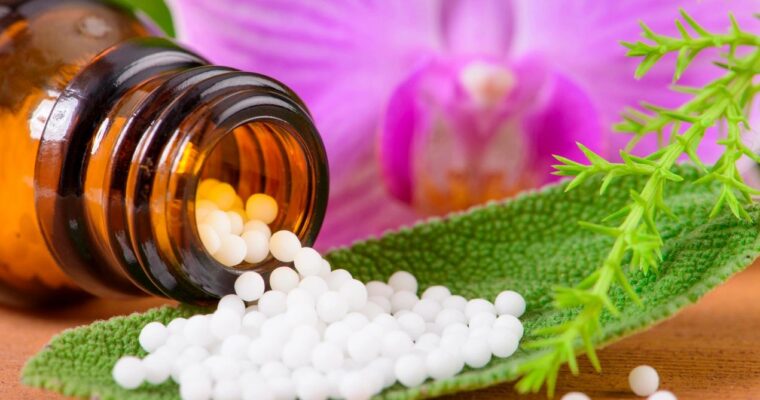The cinnamon tree can be traced to origins in China and India and has unique characteristics. The tree can grow to be over 25 feet tall, with trunks growing up to two feet wide. The tree has thick rugged bark, but oddly enough, the bark on the branches is very smooth. The branches have broad leaves, white flowers, and berries growing from them. The trunk and the leaves are very fragrant, but it’s the bark of the trunk that has the distinctive smell of cinnamon.
Cinnamon is harvested from the bark of cinnamon trees that are around nine years old. After the bark is peeled, it is laid out to dry in the sun. Oil may also be extracted from the bark. No matter the form, cinnamon has a multitude of uses.
Cinnamon has been used medicinally for centuries. It promotes appetite in those who are ill and do not have the will to eat. Cinnamon oil massaged into the skin can assist in reducing occurrences of colic in babies. It was also frequently added to solutions, syrups, and medicines to better their tastes.
Cinnamon can aid digestion by stimulating the bowels, keeping patients from suffering from constipation. It can also help decrease other digestive issues such as nausea, diarrhea, vomiting, and flatulence. At one time, it was very common to prescribe cinnamon oil to relieve gas in babies, children, and adults.
Cinnamon can also affect the reproductive organs. In both men and women, cinnamon can act as an aphrodisiac. It can stop women from bleeding during heavy menstrual periods, after childbirth, or due to uterine complications. It is, however, unsafe for pregnant women to use in large doses because it may cause spontaneous abortion.
Cinnamon today is regularly used to help regulate blood glucose levels. Clinical studies have consistently shown statistically significant decreases in HbA1c levels and blood pressure levels.
Two types are generally used to regulate blood glucose – Ceylon cinnamon and cassia cinnamon. While Ceylon cinnamon’s adverse effects are minimal, the over-consumption of cassia cinnamon, which contains a substance called coumarin, can be potentially harmful.
Coumarin is a substance found in many plants, including the cinnamon tree. Excessive amounts of coumarin can result in liver damage, carcinogenic tumors, and the prevention of blood clotting. To prevent these side effects, users should stick to Ceylon cinnamon, which has negligible amounts of coumarin. Despite these effects observed in lab rats, scientists still think that cinnamon is relatively safe for consumption.
Other substances that are a part of cinnamon that may be considered potentially harmful include cinnamaldehyde, safrole, and styrene. Cinnamaldehyde can be linked to contact dermatitis and inflammation of mucous membranes. Additionally, cinnamaldehyde may negatively impact pregnant women. Studies of pregnant rats showed that rats fed cinnamaldehyde had offspring that displayed cranial and kidney abnormalities. Safrol is found in the bark of the cinnamon tree and is a known carcinogen. Styrene is natural found in the bark of the cinnamon tree and becomes more concentrated as the bark is dried during processing and has neurotoxic side effects when consumed in large amounts.
References
Aguilar, F., Autrup, N., Barlow, S., Castle, L., Credbelli, R., Dekant, W. . . . Toldra, F. (2008). Coumarin in flavourings and other food ingredients with flavouring properties. The European Food Safety Authority Journal, 793, 1-15.
Akilen, R.Tsiami, A., Devendra, D. & Robinson, N. (2010). Glycated Haemoglobin And Blood Pressure-Lowering Effect Of Cinnamon In Multi-Ethnic Type 2 Diabetic Patients In The UK: A Randomized, Placebo-Controlled, Double-Blind Clinical Trial. Diabetic Medicine, 27(10), 1159-1167.
Federal Institute for Risk Assessment. (2006). High daily intakes of cinnamon: Health risk cannot be ruled out. BFR Health Assessment, 44,1-15.
Felter, H. W., Lloyd, J.U. (1898). Oleum Cinnamomi. Henriette’s Herbal Homepage. Retrieved from http://www.henriettes-herb.com/eclectic/kings/cinnamomum_oleu.html
Felter, H. W., Lloyd, J.U. (1898). Cinnamomum. Henriette’s Herbal Homepage. Retrieved from http://www.henriettes-herb.com/eclectic/kings/cinnamomum.html
Hill, J. H. (1812). The Cinnamon Tree. Henriette’s Herbal Homepage. Retrieved from
http://www.henriettes-herb.com/eclectic/hill/cinnamon.html
Remington, J. P, Wood, H. C. (1918). Cinnamomum Saigonicum. Henriette’s Herbal Homepage. Retrieved from http://www.henriettes-herb.com/eclectic/usdisp/cinnamomum.html
Remington, J. P, Wood, H. C. (1918). Aqua Cinnamomi. Henriette’s Herbal Homepage. Retrieved from http://www.henriettes-herb.com/eclectic/usdisp/cinnamomum_aqua.html . The ROO
Sayre, L. E. (1917). Cinnamomum Zeylanicum. Henriette’s Herbal Homepage. Retrieved from http://www.henriettes-herb.com/eclectic/sayre/cinnamomum-zeyl.html
Wang, Y., Avula, B., Nanayakkara, N.P., Zhao, J., Khan, I.A. (2013). Cassia Cinnamon as a source of coumarin in cinnamon-flavored food and food supplements in the United States. Journal of Agricultural and Food Chemistry, 10, A-G.



